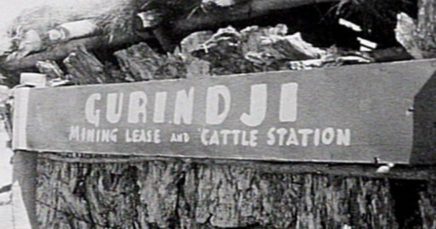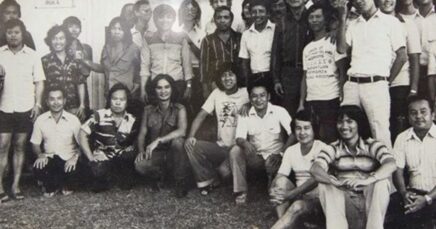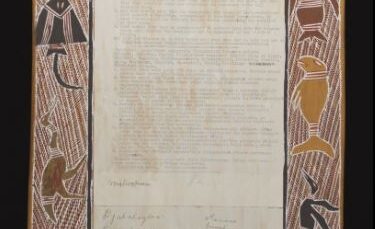Today we remember the beginning of the 1936 Maritime Strike by Torres Strait Islander workers. This strike was focused on the pearling industry, where 70% of the Torres Strait workforce was employed.
In one of the racist measures of the time, the Queensland government appointed a so-called local “Protector” who was granted intrusive authority over the lives of Torres Strait Islander people.
This “Protector” oversaw what was known as “company boats” in the pearling industry.
These were boats that Torres Strait Islander people built, operated, and owned, but it was the “Protector” who had legal control over them and their operations, including deciding who crewed each boat.
This sometimes included compelling Torres Strait Islander workers to crew the boats against their will.
This racist control denied autonomy, self-determination, and basic respect to Torres Strait Islander people.
In the lead up to the strike the “Protector”, JD McLean, claimed that he wanted to make the pearling industry more efficient.
He introduced a series of racist restrictions such as imposing a curfew at night which began with a whistle, he decided who would crew each boat, and he meddled with the personal finances of the pearlers.
In fact, many Torres Strait Islander people who worked as pearlers were not paid wages, but were paid in credit that they had to spend in specified stores picked by the government.
Torres Strait Islander people took a stand against this racism, and in January of 1936, workers on these “company” boats went on strike.
McLean visited a number of islands to recruit workers to the boats. Torres Strait Islander workers literally jumped out of the windows of the halls where the meetings were taking place in protest.
The police started to arrest Torres Strait Islander workers who refused to work on company boats – at least 30 strikers were imprisoned.
Pay increases were offered to the striking workers in late February to try and tempt them back to work.
But this was rejected.
This was because the strike was not just about the appalling wages and conditions Torres Strait Islander people working in the trade experienced.
It was about the broader right for Torres Strait Islander people to be treated with respect, equality, and to have the right to self-determination and control over their own lives.
After several months of a sustained strike, McLean was forced to leave the Islands. This met with great celebration from the strikers!
In mid-September, the government made a number of really important concessions to the strikers.
The nightly curfew was abolished.
Wages in the industry were increased, and this practice of paying in credit was ended.
Islanders could choose their own crews and control their own boats.
Torres Strait Islander people gained more control over their own lives.
Importantly, some of the powers the government had exerted over Torres Strait Islander people were invested in the local community through the Island Councils.
The struggle for true self-determination and equality by Torres Strait Islander people has continued long after this strike.
But it was an important milestone in the ongoing campaign for justice.



